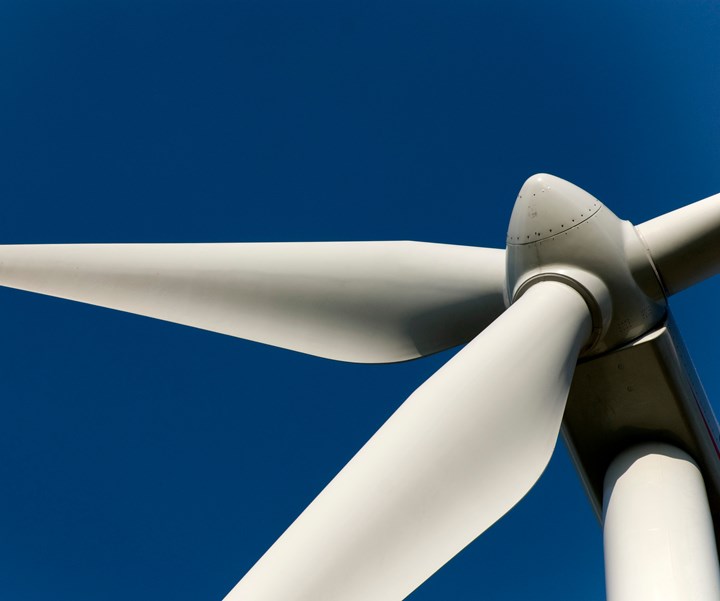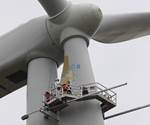Report says more than 77,000 on-site workers are needed for growing wind industry
The Global Wind Energy Council and Global Wind Organisation report that more workers are needed to deliver offshore wind installations between 2020-2024.

A new report published by the Global Wind Energy Council (GWEC, Brussels, Belgium) and Global Wind Organisation (GWO, Frederiksberg, Denmark) predicts a need for more than 77,000 trained on-site workers to deliver forecast installations in six key emerging markets for offshore wind between 2020-2024.
The report, , provides a qualitative analysis of the workforce training needs required to fulfill offshore market forecasts in North America, China, Taiwan, Japan, Vietnam and South Korea. According to the report, research has determined that 2.5 persons per megawatt per project are needed to deliver the 31 gigawatts forecast for these six markets.
The research was built upon GWO training data and GWEC Market Intelligence forecasts, combined with data from Renewables Consulting Group’s GRIP database and a series of industry interviews.
“The offshore wind industry is growing exponentially and there is no doubt that it will become a major driver of the energy transition across the world, with GWEC Market Intelligence forecasting 51 gigawatts of new offshore installations globally by 2024,” says Ben Backwell, CEO at GWEC.
The “Powering the Future” report also underscores key workforce supply chain bottlenecks that must be addressed in order to realize these large-scale training needs. Reported barriers include a lack of training centers, lack of familiarity with standards and risk of standards being perceived as “imposed” and unreflective of local context. Additionally, the current COVID-19 crisis will pose a new challenge to both workforce and turbine supply chains to reach the world’s offshore wind ambitions, GWEC says.
“Having a GWO trained workforce is often the missing piece of the puzzle when considering a new offshore wind project in any given market, but this should be seen as a top priority in nascent markets to secure their long-term growth and create thousands of local jobs. … GWO already has training centers in China, the U.S. and Taiwan, but we will need to ramp up training centers in these regions drastically to train the necessary workforce of almost 78,000 people. Due to the ongoing COVID-19 crisis, GWO is also rolling out digital training platforms to ensure continuity in training and continue driving forward the global energy transition,” says Jakob Lau Holst, CEO at GWO.
This report is the first output of GWEC and GWO’s partnership signed in November 2019 and is supported by research partners Renewables Consulting Group.
Related Content
-
Composites end markets: Batteries and fuel cells (2024)
As the number of battery and fuel cell electric vehicles (EVs) grows, so do the opportunities for composites in battery enclosures and components for fuel cells.
-
Infinite Composites: Type V tanks for space, hydrogen, automotive and more
After a decade of proving its linerless, weight-saving composite tanks with NASA and more than 30 aerospace companies, this CryoSphere pioneer is scaling for growth in commercial space and sustainable transportation on Earth.
-
Honda begins production of 2025 CR-V e:FCEV with Type 4 hydrogen tanks in U.S.
Model includes new technologies produced at Performance Manufacturing Center (PMC) in Marysville, Ohio, which is part of Honda hydrogen business strategy that includes Class 8 trucks.
.jpg;width=70;height=70;mode=crop)





